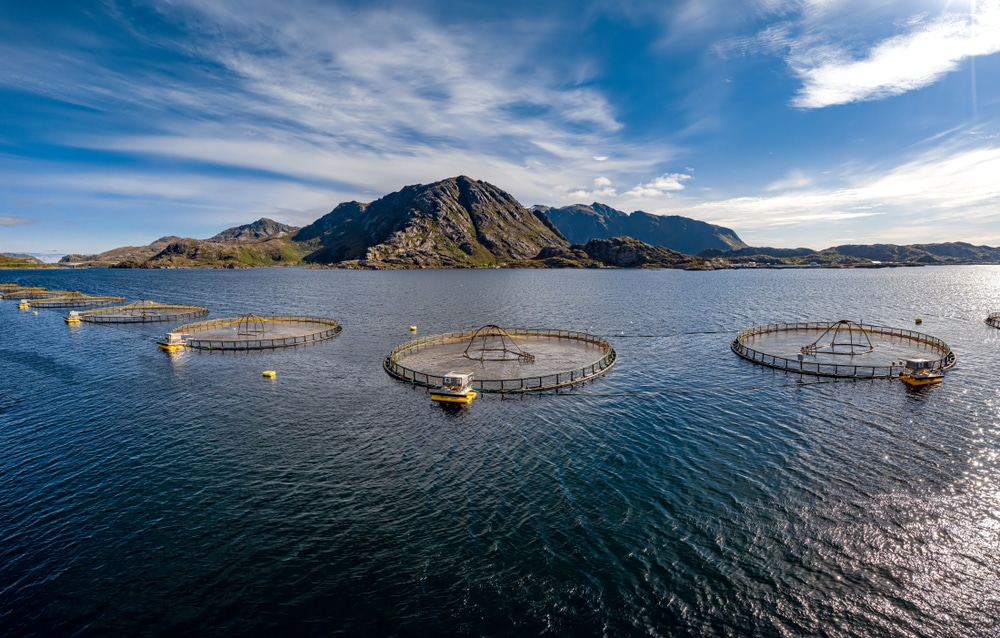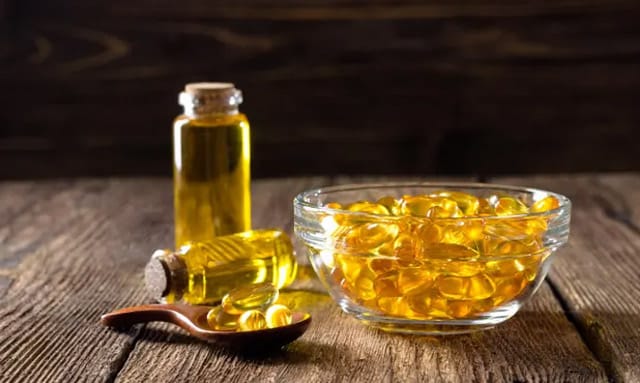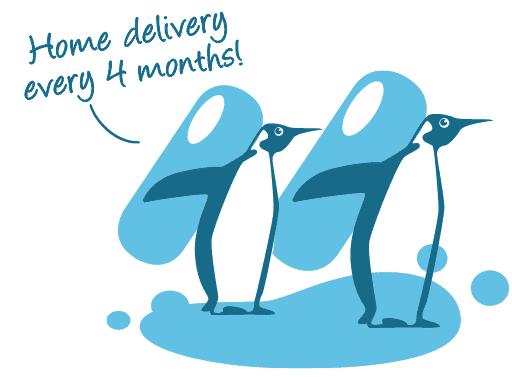Intensively farmed
Salmon comes in many different varieties. In general, Atlantic salmon is sold in the Netherlands, including Norwegian, Scottish and Irish salmon. The majority of these are farmed salmon. And there has been a lot of criticism about this, rightly so. Apart from a few exceptions, you can speak of an intensive industry, in which many animals are kept close together in cage nets that are too small.
Less omega-3
Billions of kilos of fish are caught annually to be fed to these salmon. The omega-3 in this feed is supposed to protect the fish against all kinds of diseases, but that has become negligible. Whereas farmed salmon were fed 100% fish in the early 1990s, nowadays this is less than 25%. Other feed is vegetable protein sources such as soya and maize. These do not contain any omega-3. Research has shown that the percentage of omega-3 in farmed salmon is more than halved. Because the feed is largely vegetable, the salmon get more omega-6. The omega 3/6 ratio in the fish is therefore completely out of balance and this causes the salmon to be full of inflammation.
Synthetic dye
Nor does their diet contain the powerful antioxidant astaxanthin that protects salmon and makes them so beautifully pink. No, farmed salmon are naturally completely grey. But consumers don’t eat that, so synthetic astaxanthin made from petroleum is added. This is fed to the salmon as a colouring agent, but does not make it healthier.
Antibiotics
So the salmon are very weak. They cannot move around much either. As a result, farmed salmon are full of parasites, also known as fish lice, which often literally skin the animal alive. Without help, they all die, so they are given large amounts of antibiotics to keep them alive, so they can grow into the artificial piece of pink fish on our plates.
More toxins
Salmon is farmed close to the coast. Now, ordinary fish already contain many heavy metals, dioxins and PCBs. But the consequence of being close to the coast is that farmed salmon contain many more dioxins and even up to 10 times more PCBs than wild salmon.
With this knowledge, you can decide for yourself whether farmed salmon is suitable to meet your omega-3 needs and belongs in your diet. Land-grown vegetable omega-3 from algae is the only source of high-quality omega-3 known to us that is free from animal suffering and from ocean pollution (mercury, dioxins and PCBs).


